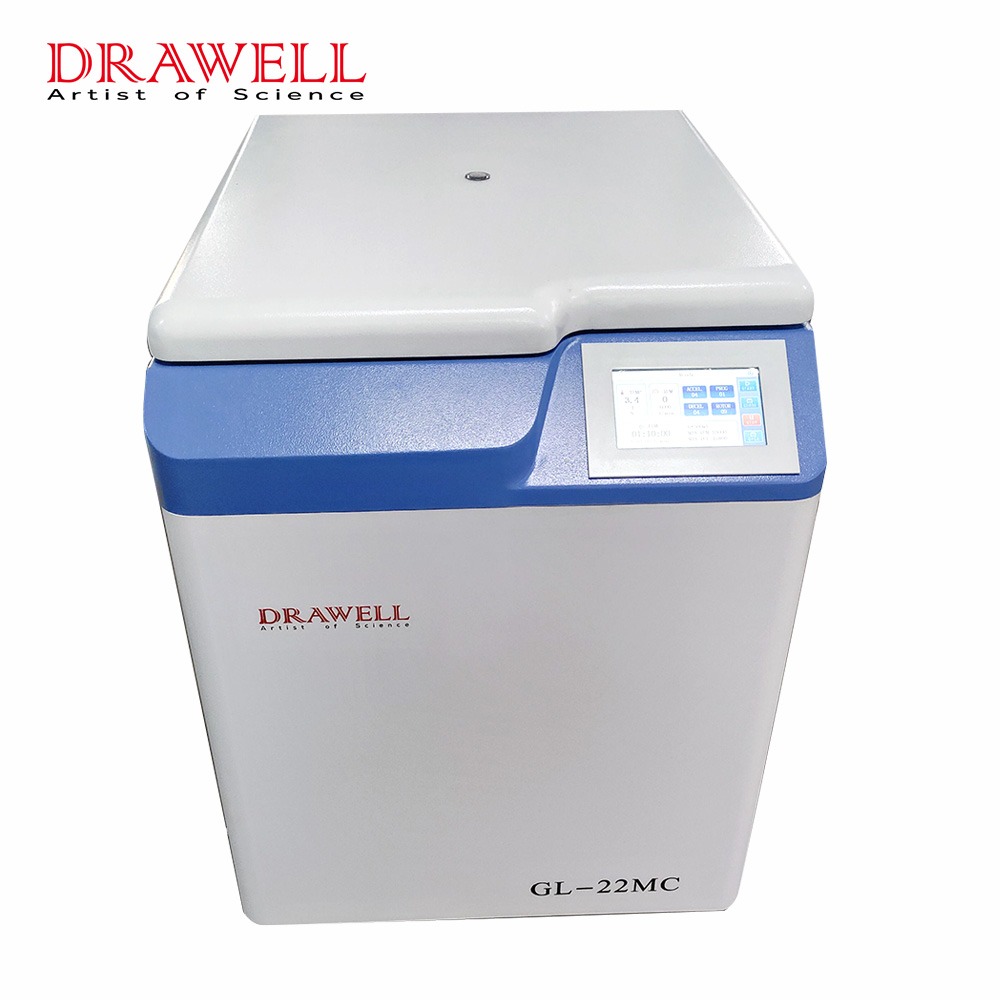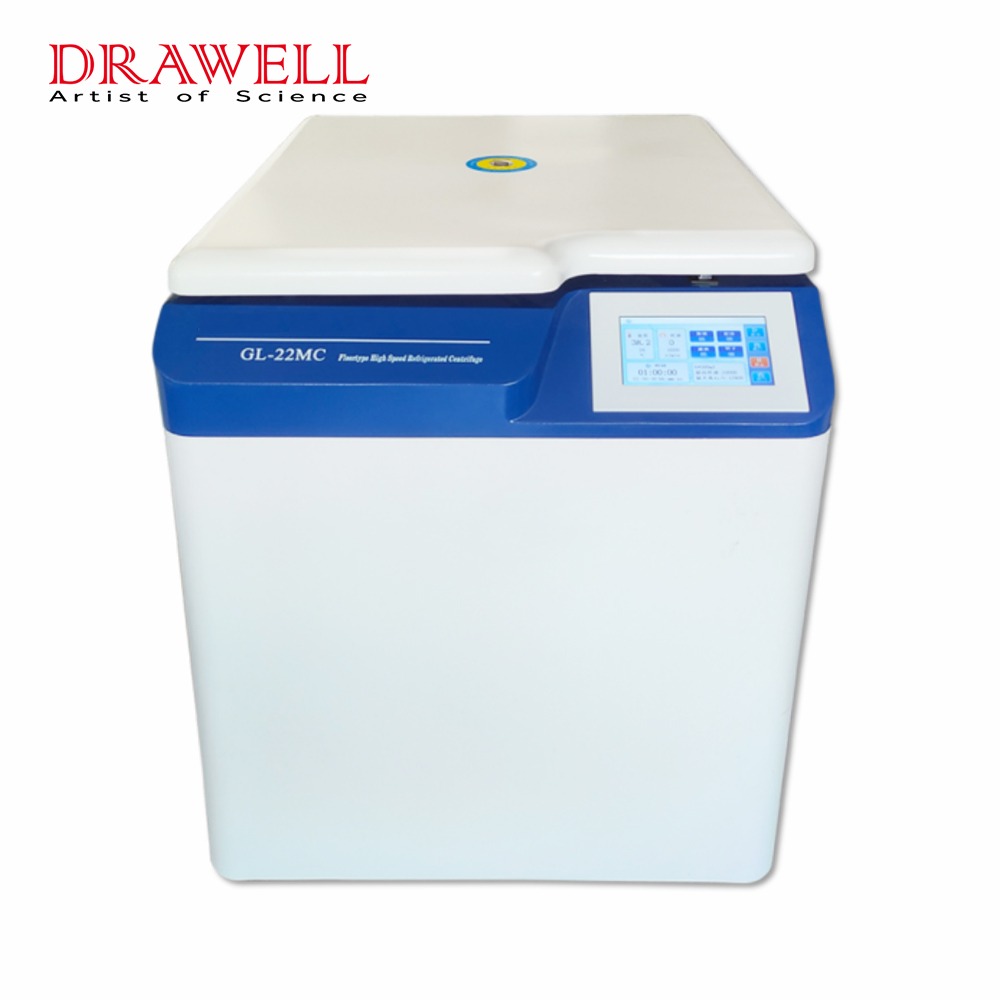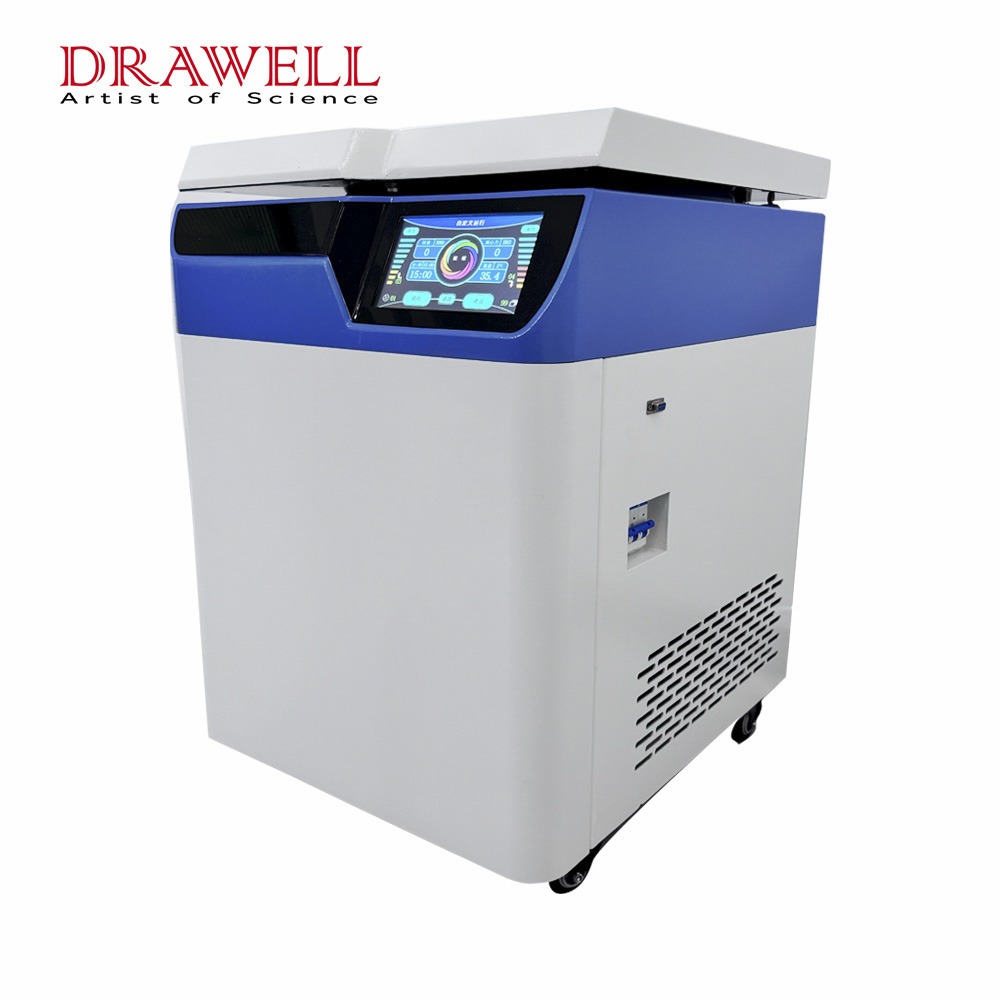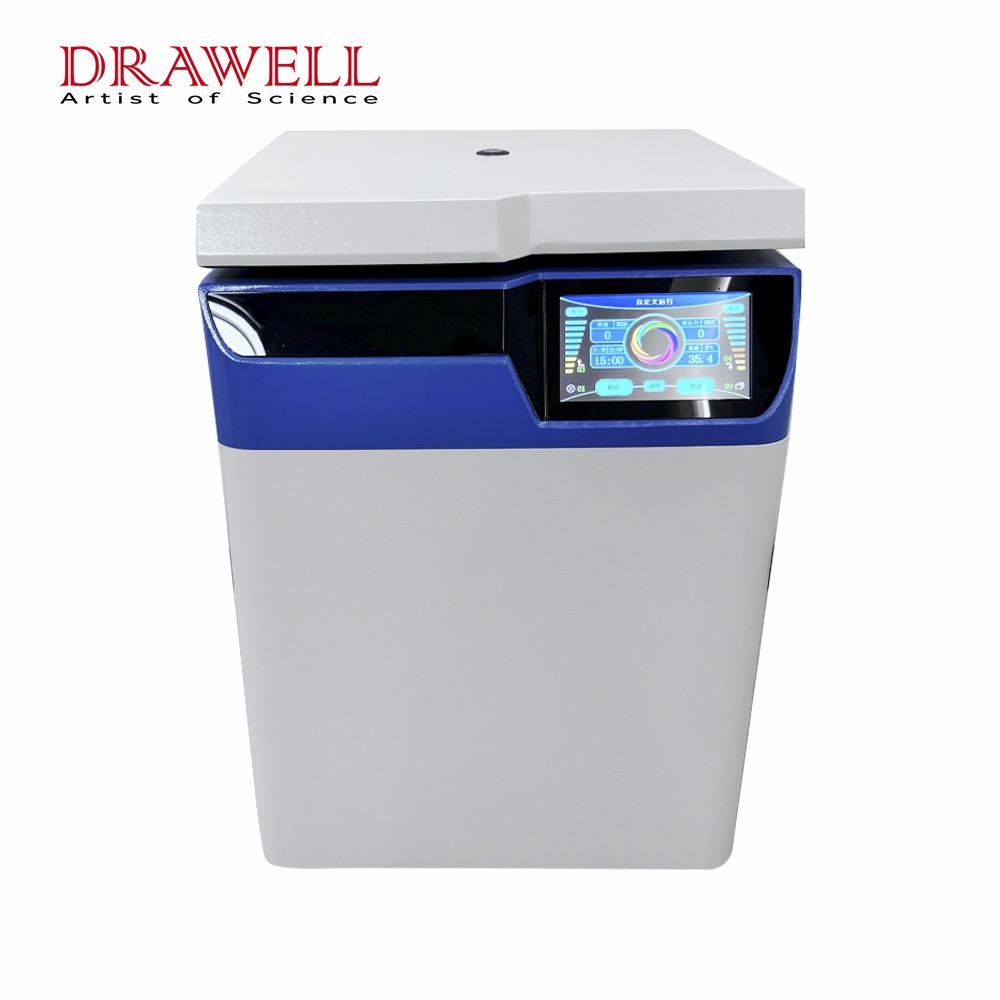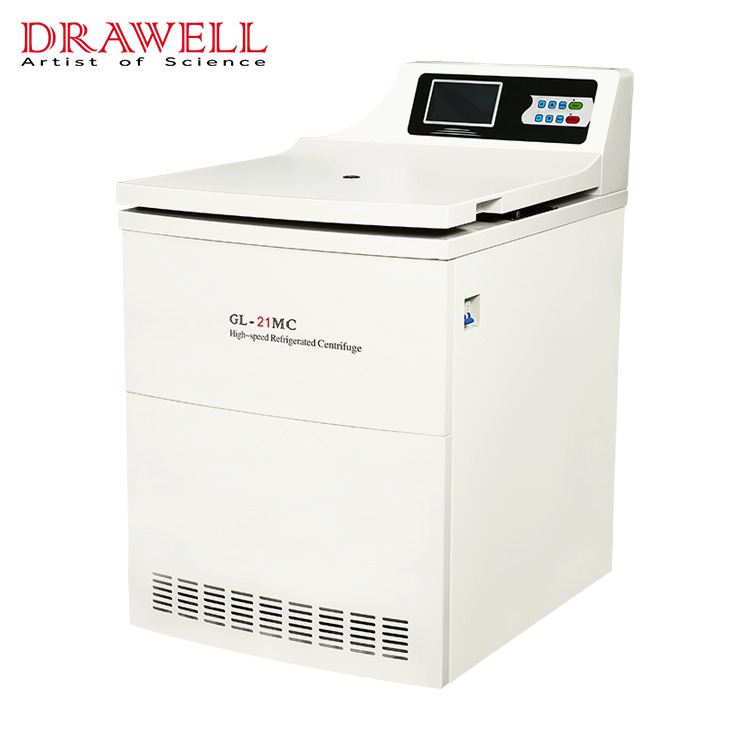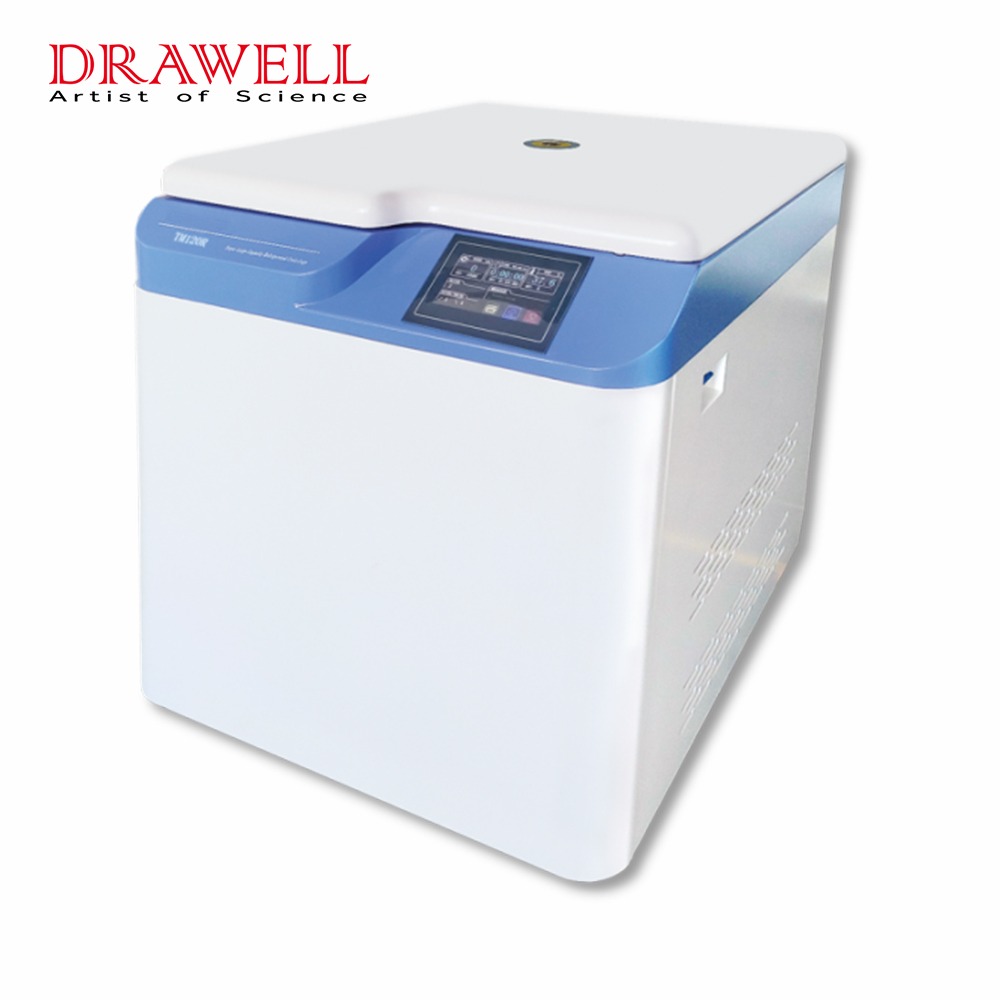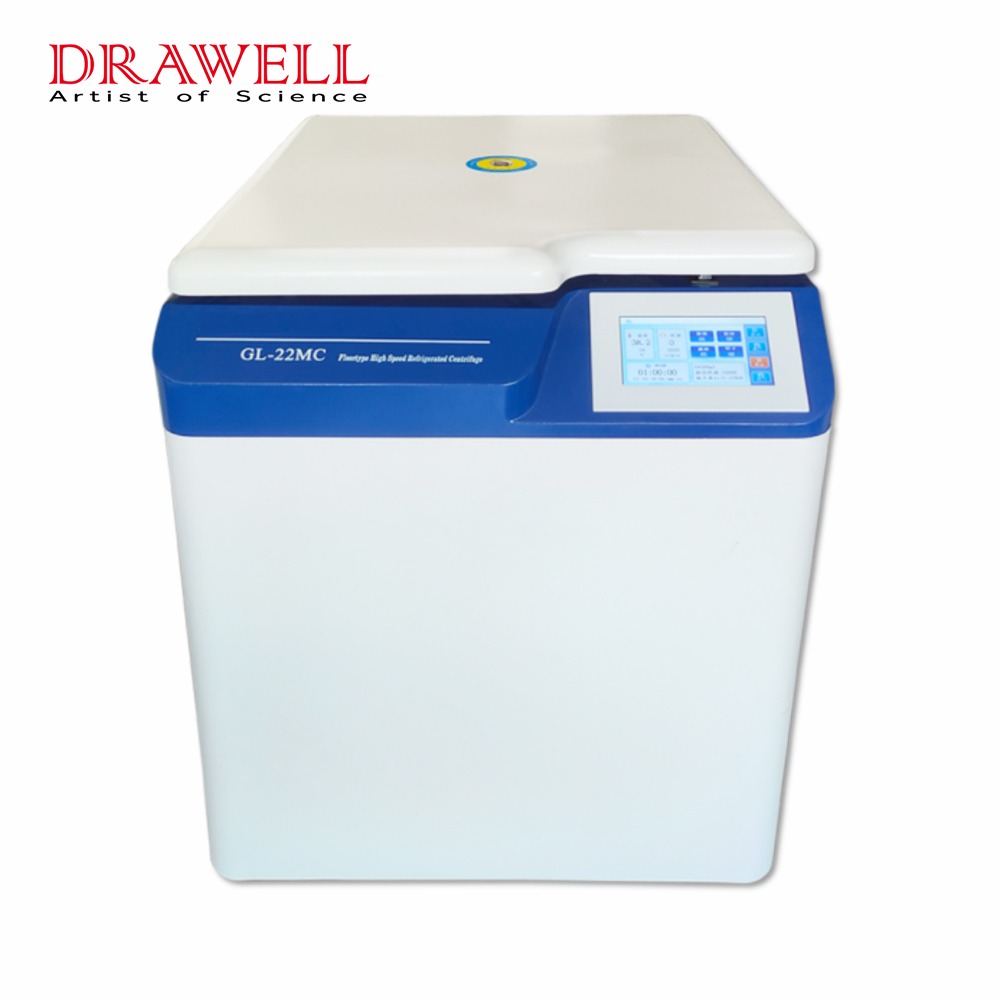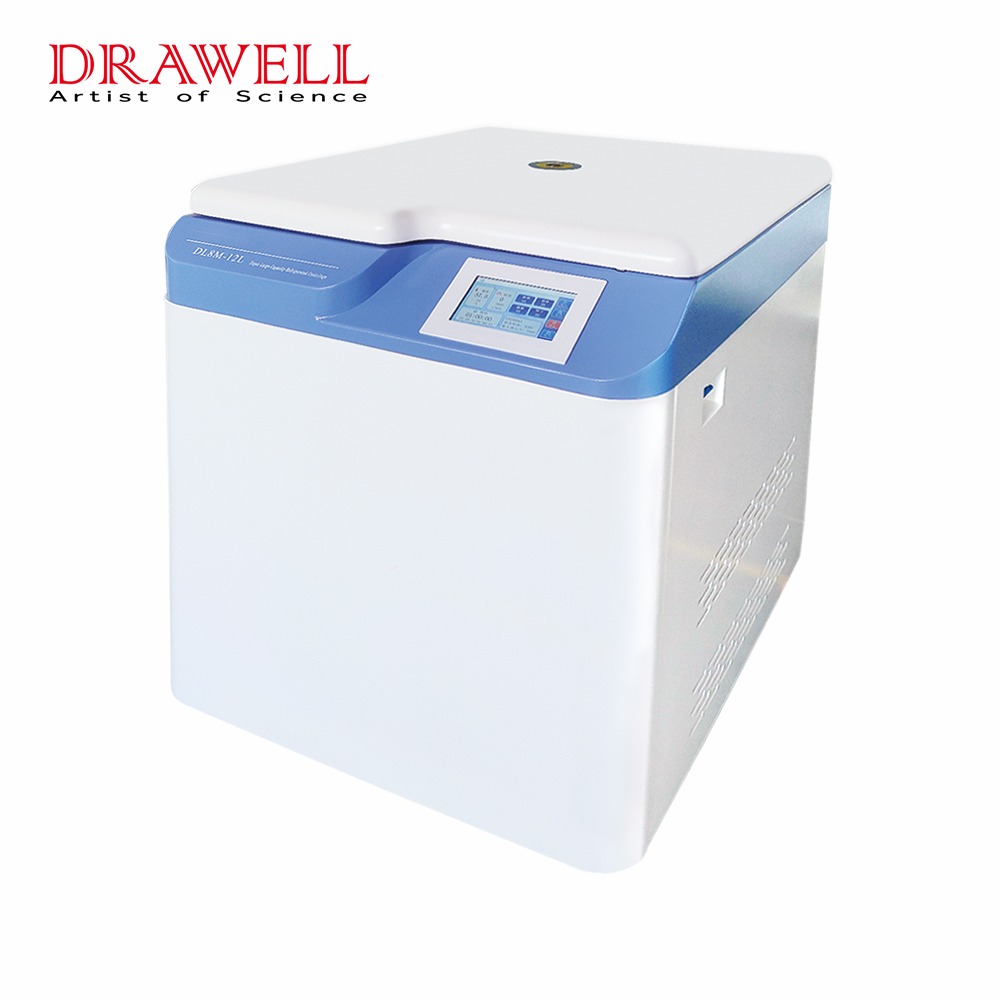Crude oil, the lifeblood of the modern economy, undergoes extensive analysis throughout its journey from extraction to refinement and distribution. At the heart of this analytical process lies the indispensable tool of crude oil centrifuges. These sophisticated instruments stand as stalwarts in the petroleum industry, facilitating the separation and analysis of crude oil components with unparalleled precision and efficiency. In this article, we delve into the world of crude oil centrifuges in petroleum analysis, exploring their fundamental principles, key applications, advantages, and considerations for optimal utilization.

What are Crude Oil Centrifuges?
Crude oil centrifuges are specialized equipment used in the petroleum industry to separate various components of crude oil based on their densities through centrifugal force. These centrifuges utilize the principle of centrifugation, where denser components are forced outward while lighter components remain closer to the center of rotation.
The centrifuge consists of a rotating drum or bowl where the crude oil sample is placed. As the drum spins at high speeds, the centrifugal force causes the heavier components such as water, sediment, and heavier hydrocarbons to move outwards and settle at the bottom of the drum. Meanwhile, the lighter components like oil rise to the top.
Types of Centrifuges Used for Crude Oil Analysis
Several types of centrifuges are commonly used in petroleum analysis, ranging from manual benchtop models to large-scale industrial units, each designed to handle different volumes and types of crude oil samples. There are some common types:
1. Manual Benchtop Centrifuges:
- These are compact, tabletop centrifuges commonly used in laboratories for smaller-scale petroleum analysis.
- They are manually operated and suitable for processing smaller volumes of crude oil samples.
- Manual benchtop centrifuges are often used for basic separations such as sediment and water analysis.
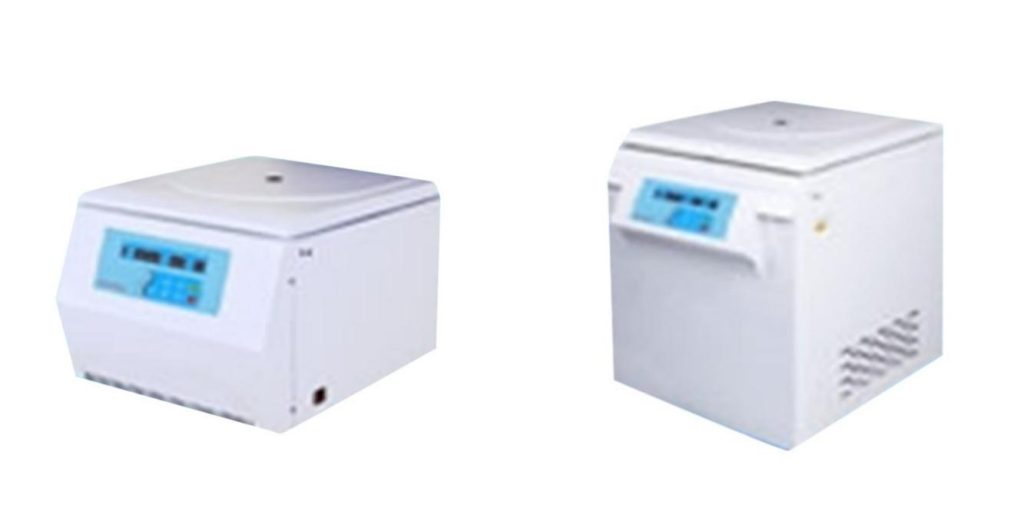
2. High-Speed Centrifuges:
- High-speed centrifuges are designed to handle larger volumes of crude oil samples.
- They operate at higher speeds and generate greater centrifugal forces, enabling more rapid separations.
- These centrifuges are commonly used in industrial settings and larger laboratories for processing larger quantities of crude oil samples.
3. Continuous Centrifuges
- Continuous centrifuges are designed for continuous processing of crude oil samples.
- They offer continuous separation of crude oil components, allowing for a steady flow of processed material.
- Continuous centrifuges are often used in industrial applications where a continuous flow of separated components is required.
4. Decanter Centrifuges:
- Decanter centrifuges, also known as horizontal centrifuges, are specialized centrifuges designed for the separation of liquid-liquid or liquid-solid mixtures.
- They utilize a horizontal rotating bowl with a conveyor system to continuously separate crude oil components based on density differences.
- Decanter centrifuges are commonly used in refining processes and wastewater treatment in the petroleum industry.
5. Ultracentrifuges:
- Ultracentrifuges are high-speed centrifuges capable of generating extremely high centrifugal forces.
- They are used for specialized applications requiring very high levels of separation and precision, such as the analysis of extremely small particles or molecules.
- While less common in routine petroleum analysis, ultracentrifuges may be employed for specific research or analytical purposes in the petroleum industry.
These types of centrifuges offer varying levels of throughput, separation efficiency, and precision, allowing petroleum analysts to select the most appropriate centrifuge based on the specific requirements of their analysis and the characteristics of the crude oil samples being processed.
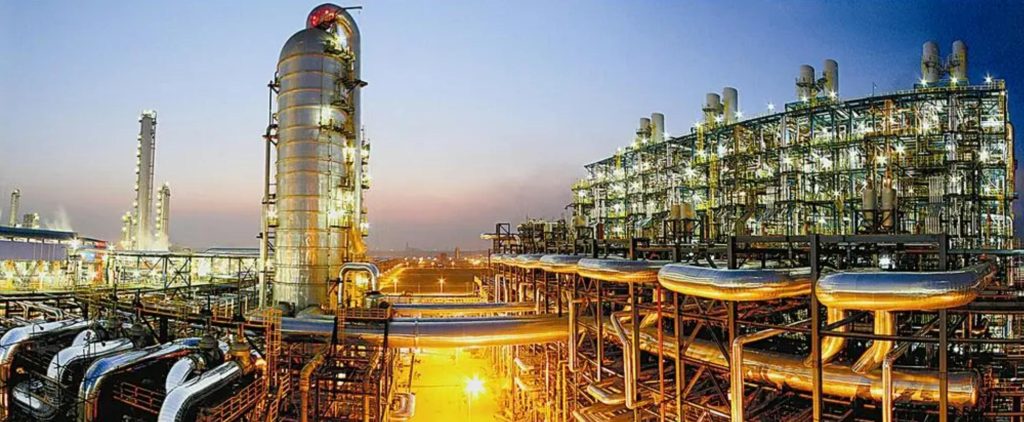
Key Applications of Centrifuges in Petroleum Analysis
Centrifuges play a crucial role in petroleum analysis across various stages of the oil and gas industry. Some key applications of centrifuges in petroleum analysis include:
- Separation of Crude Oil Components: Centrifuges are used to separate different components of crude oil based on their densities. This separation helps in analyzing the composition of crude oil and understanding its quality.
- Determination of API Gravity: API gravity is a measure of the density of crude oil relative to water. Centrifuges are utilized to determine the API gravity of crude oil samples, which is important for classification, transportation, and refining processes.
- Measurement of Sediment and Water Content: Crude oil often contains water and sediment, which can affect its quality and processing. Centrifuges are employed to separate water and sediment from crude oil samples, allowing for accurate measurement and analysis of their content.
- Quality Control in Refinery Processes: Centrifuges are integral to quality control processes in oil refineries. They help in monitoring the quality of crude oil feedstock and intermediate products during refining processes, ensuring compliance with industry standards and regulations.
- Monitoring of Oil-Water Emulsions: Oil-water emulsions can occur during oil production and transportation, which can complicate separation processes. Centrifuges are used to break down these emulsions and separate oil and water phases effectively.
- Analysis of Drilling Fluids: In oil exploration and drilling operations, centrifuges are employed to analyze drilling fluids (mud) for the presence of solids, contaminants, and other substances. This analysis helps in maintaining drilling efficiency and protecting drilling equipment.
- Environmental Monitoring and Compliance: Centrifuges are utilized in environmental monitoring programs to analyze crude oil and wastewater samples for contaminants, pollutants, and other harmful substances. This helps in ensuring compliance with environmental regulations and minimizing the impact of oil and gas operations on the environment.
Overall, centrifuges are indispensable tools in petroleum analysis, enabling the accurate characterization, separation, and analysis of crude oil and related products throughout the oil and gas industry’s value chain.
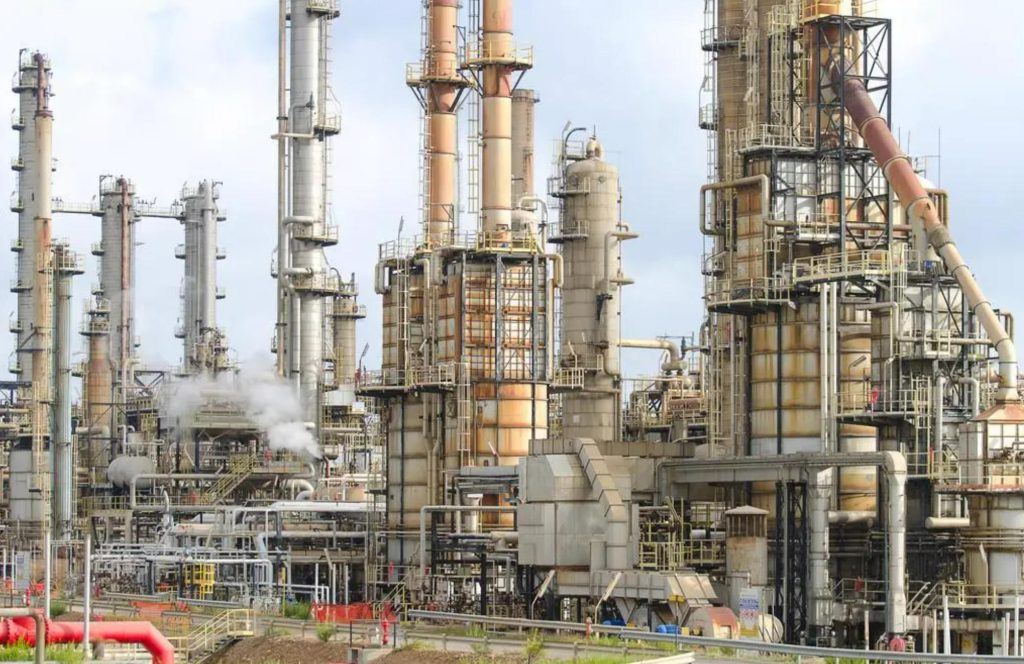
Advantages of Using Centrifuges in Crude Oil Analysis
The advantages of using centrifuges in crude oil analysis are manifold and contribute significantly to the efficiency and accuracy of petroleum testing and evaluation. Here are some key advantages:
- Speed and Efficiency: Centrifuges can rapidly separate components of crude oil based on their densities, allowing for quick analysis and decision-making in various stages of petroleum production, refining, and transportation.
- Precision and Accuracy: Centrifuges provide precise and accurate separation of different components within crude oil samples, enabling reliable analysis of parameters such as API gravity, water content, sediment content, and the presence of contaminants.
- Versatility: Centrifuges can be used for a wide range of crude oil analysis applications, including separation of water and sediment, measurement of API gravity, characterization of crude oil quality, and analysis of drilling fluids, among others.
- Automation and Integration: Modern centrifuges are equipped with automation features and can be integrated with analytical instruments and data management systems, streamlining the analysis process and reducing the risk of human error.
- Scalability: Centrifuges are available in various sizes and configurations, ranging from benchtop models for laboratory analysis to large-scale industrial units for high-volume processing. This scalability allows for flexibility in handling different sample volumes and types.
- Cost-Effectiveness: While initial investment costs may be significant, the long-term cost-effectiveness of using centrifuges in crude oil analysis is high due to their efficiency, reliability, and ability to streamline processes and minimize the need for manual labor.
- Quality Control and Assurance: Centrifuges play a crucial role in quality control and assurance in the petroleum industry by ensuring that crude oil and related products meet specified standards and regulatory requirements. They help identify deviations from desired quality parameters and facilitate corrective actions.
- Environmental Compliance: By accurately separating water, sediment, and other contaminants from crude oil samples, centrifuges assist in environmental compliance efforts by minimizing the release of pollutants and reducing the environmental impact of petroleum operations.
In summary, the advantages of using centrifuges in crude oil analysis include speed, precision, versatility, automation, scalability, cost-effectiveness, quality control, and environmental compliance, making them indispensable tools in the petroleum industry.
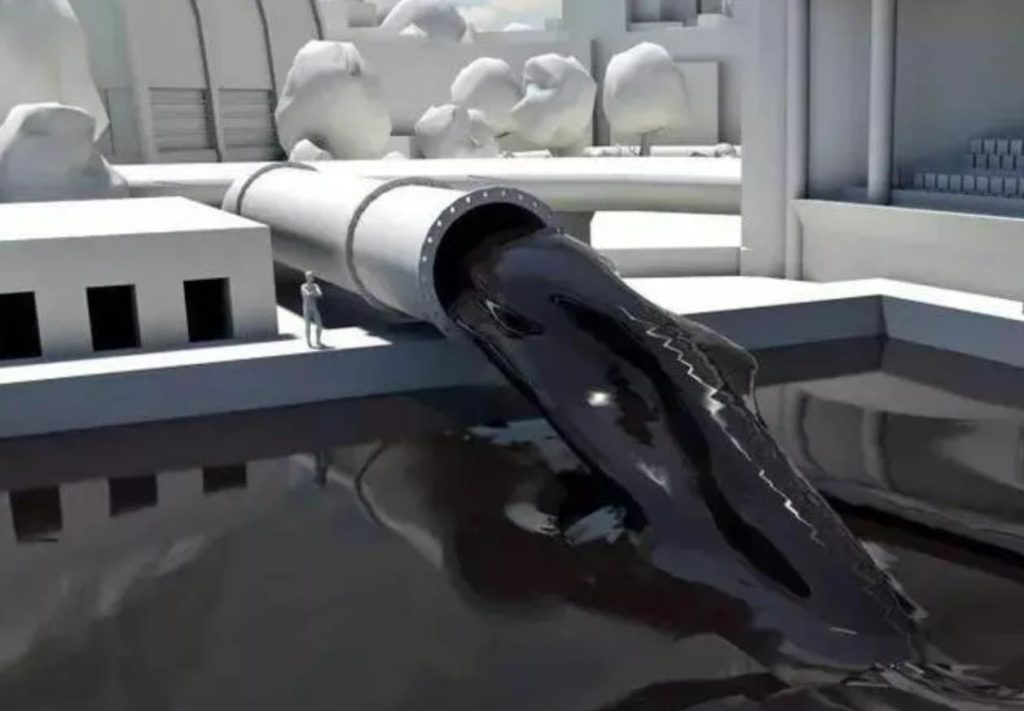
10 Considerations When Utilizing Crude Oil Centrifuges
When utilizing crude oil centrifuges for petroleum analysis, several considerations should be taken into account to ensure accurate results and efficient operation:
- Sample Preparation: Proper sample preparation is essential for reliable analysis. Ensure that crude oil samples are well-mixed and representative of the batch being tested to avoid skewed results.
- Selection of Centrifuge Type: Choose the appropriate type of centrifuge based on the specific requirements of the analysis and the characteristics of the crude oil sample. Consider factors such as sample volume, viscosity, and the desired level of separation.
- Operating Parameters: Optimize the operating parameters of the centrifuge, including rotation speed, temperature, and centrifugation time, to achieve the desired separation efficiency while minimizing energy consumption and sample degradation.
- Calibration and Maintenance: Regular calibration and maintenance of centrifuges are essential to ensure accurate and consistent performance. Follow manufacturer recommendations for calibration intervals, and conduct routine maintenance tasks such as cleaning, lubrication, and replacement of worn-out components.
- Safety Precautions: Centrifuges operate at high speeds and can pose safety risks if not used properly. Implement appropriate safety measures, including the use of safety shields, personal protective equipment (PPE), and adherence to standard operating procedures (SOPs) to prevent accidents and injuries.
- Quality Control Checks: Implement quality control checks throughout the centrifugation process to monitor the accuracy and reliability of the results. Use control samples and reference materials to validate instrument performance and ensure data integrity.
- Data Interpretation: Interpret centrifugation data accurately and in context with other analytical measurements. Consider factors such as sample composition, environmental conditions, and potential sources of variability when analyzing and interpreting centrifuge results.
- Compliance with Regulations: Ensure compliance with relevant industry standards, regulations, and guidelines governing the use of centrifuges in petroleum analysis. Familiarize yourself with applicable regulatory requirements and implement procedures to meet compliance obligations.
- Environmental Considerations: Minimize the environmental impact of centrifuge operations by properly disposing of waste materials, recycling consumables whenever possible, and implementing sustainable practices in sample handling and laboratory operations.
- Training and Education: Provide adequate training and education to personnel involved in operating centrifuges and conducting petroleum analysis. Ensure that operators understand the principles of centrifugation, safety protocols, and best practices for achieving reliable results.
By considering these factors when utilizing crude oil centrifuges, you can enhance the accuracy, efficiency, and safety of petroleum analysis while ensuring compliance with regulatory requirements and quality standards.
Conclusion
In conclusion, the significance of crude oil centrifuges in petroleum analysis cannot be overstated. These instruments serve as indispensable tools, offering precise separation and insightful analysis of crude oil components essential for every stage of the petroleum industry.

